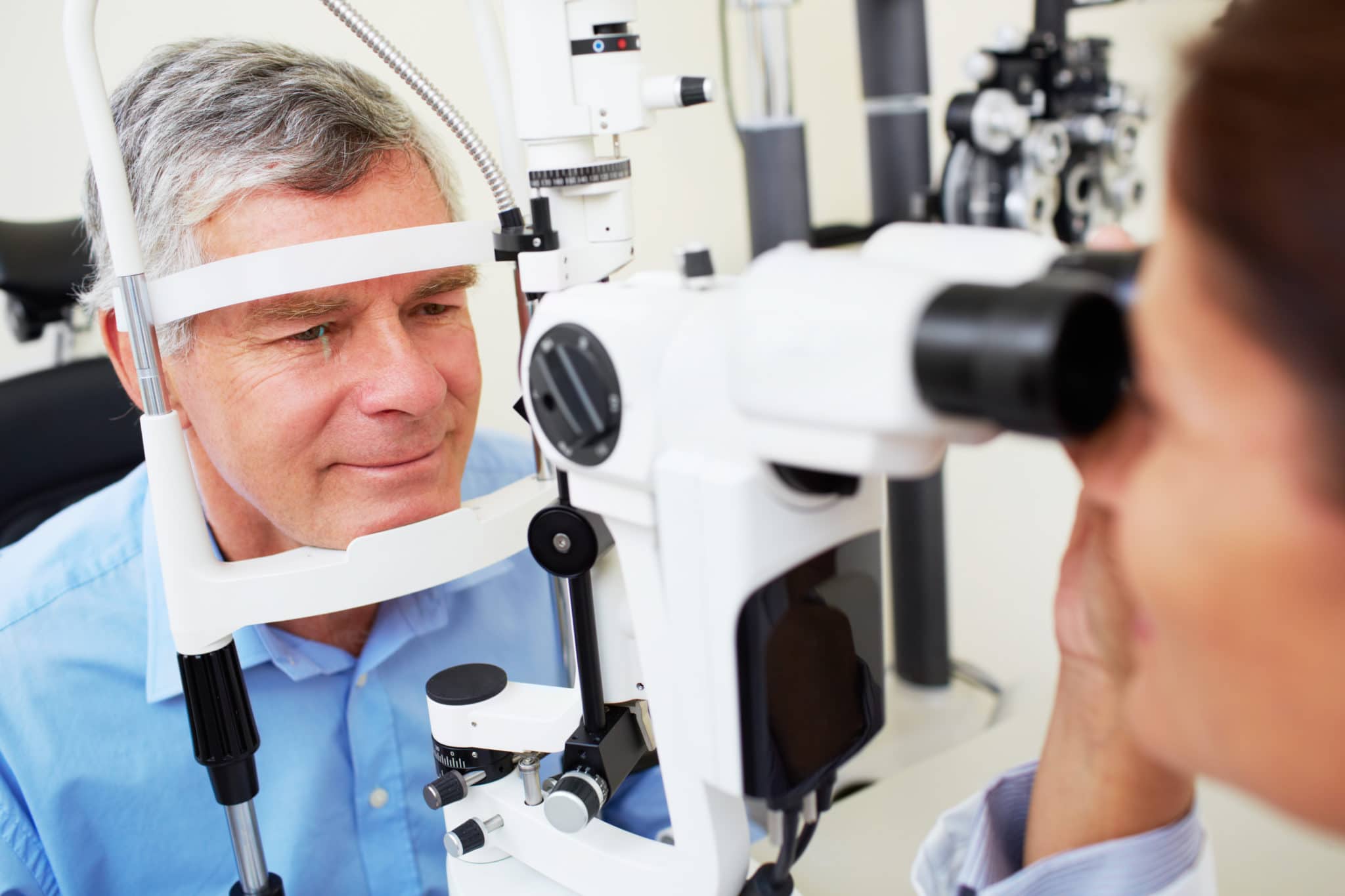Want to Know What Makes Up 20/20 Vision?
- Posted on: Dec 15 2017
- Leave a response

Carrots are good for vision, namely the vitamin A they provide. Do they give you 20/20 vision? That could be up for debate.
What exactly is 20/20 vision anyway? It’s a term thrown about when people talk about their vision, but there is a good deal of confusion about what the term actually means. Since we’re all about informed patients at The Eye Clinic, here’s the lowdown on this oft-used vision term.
The definition of 20/20
The American Optometric Association (ADA) defines the term, saying it is “used to express normal visual acuity (the clarity or sharpness of vision) measured at a distance of 20 feet.” People with 20/20 vision can see objects, type, etc. that should normally be seen at that distance. The second number is the one that really counts. So, if your vision is 20/100, you need to be at 20 feet to see what a person with 20/20 vision can see at 100 feet. That puts some perspective on your friend with 20/300 vision. If you have 20/20 vision, he or she needs to be 20 feet away from a sign that you can read at 300 feet.
Categories
If you wonder where your vision would fall, the ADA has categories of visual impairment:
- 20/70 to 20/160 — moderate visual impairment/moderate low vision
- 20/200 to 20/400 — severe visual impairment/severe low vision
- 20/500 to 20/1,000 — profound visual impairment/profound low vision
20/20 isn’t “perfect”
But don’t be fooled into thinking the 20/20 moniker means the person has perfect vision. Not necessarily. 20/20 is only an indicator of sharpness or vision clarity at a distance. It doesn’t take into account other important factors of vision — peripheral awareness (otherwise known as side vision), eye coordination, depth perception, focusing ability, and color vision. A person could have 20/20 eyesight but be colorblind.
A farsighted person may be able to see the eye chart just fine. But ask that person to read the scorecard after a round of golf, and he’ll be reaching for his reading glasses. Similarly, the person may be able to see fine at distance but is unable to focus properly up close (presbyopia).
No matter what your vision, be it 20/20 or 20/300, it’s important to see the pros at The Eye Clinic every couple of years for an eye exam. This isn’t an arbitrary thing. Eye conditions such as glaucoma and macular degeneration are ugly conditions that don’t show symptoms until about the time they will start creating permanent damage to your vision. But during your eye exam, we can spot these problems early on, when treatment can head off damage.
Are you overdue for your eye exam? Call The Eye Clinic P.C. at our St. Vincent location, 503-297-4718, or downtown, 503-228-6681, to make your appointment.
Posted in: Eye Exam

